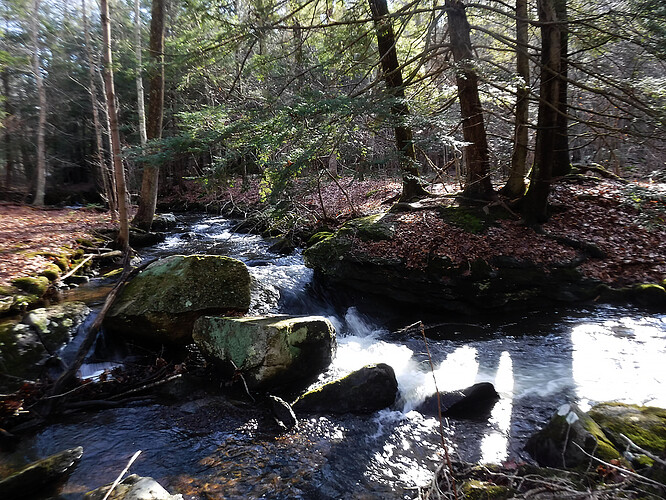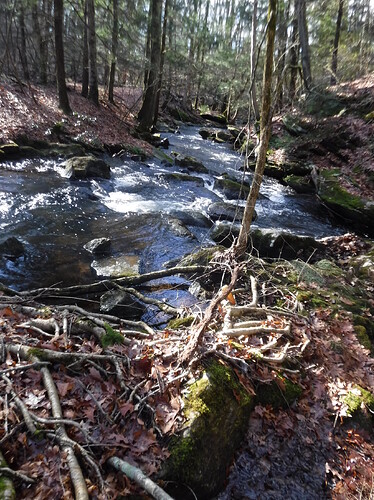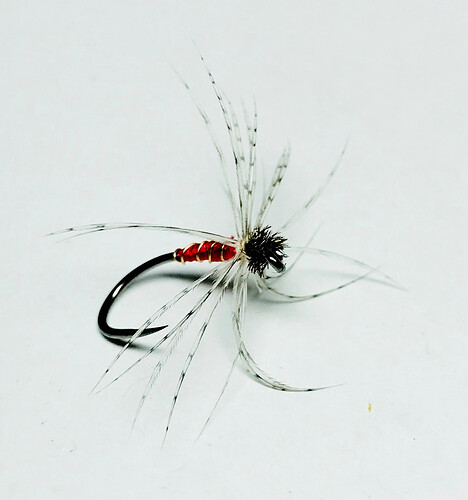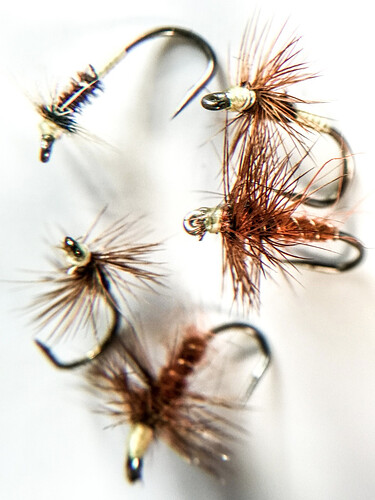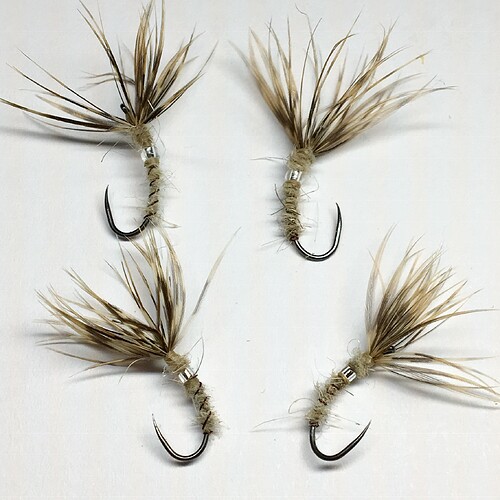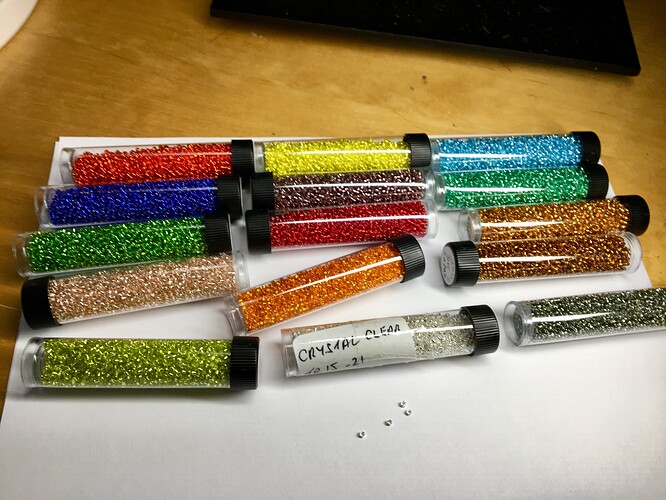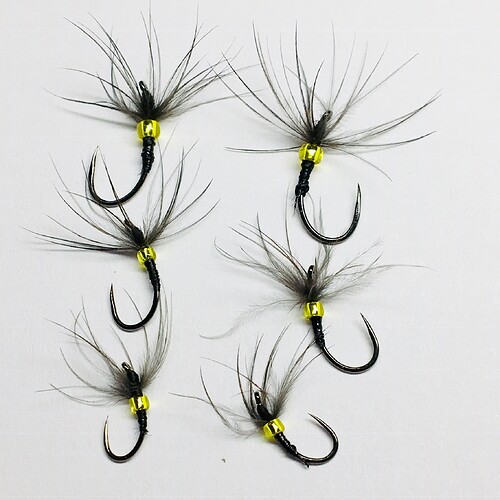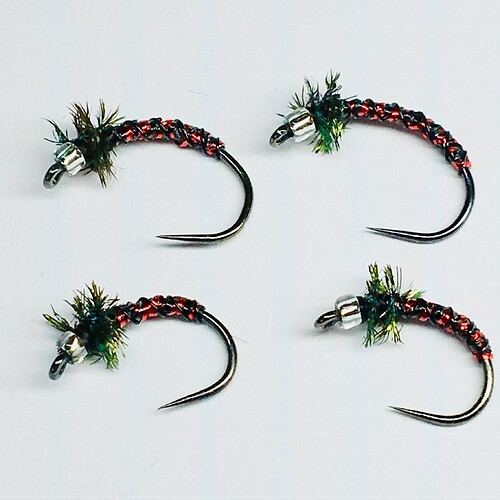This is a great post…I wanted to share my thoughts here as an angler who is fascinated by Tenkara but is by no means an expert! And @Gressak I know you did not mean to talk about beads as Untenkara or get into the what is Tenkara discussion but it is interesting too.
To me one of the key aspects of Tenkara fishing is not focusing on changing gear (lines, flies, rods, etc.) FIRST in order to fish…you change your tactic and approach first. So once you have decided what rod, line and fly to use given the place, day and weather…you go with altering techniques to succeed in catching fish. Part of this frame of mind includes using general impressionistic flies…not specific insect matching patterns. No Match the Hatch.
Nothing about a general impressionistic pattern means a bead cannot be a component. I think you see less of them around in the tenkara community because a bead to some degree eliminates surface or close to surface options…whereas unweighted flies do not completely eliminate deep presentations…so…the unweighted fly is more versatile.
But in the winter with high fast water…fish often will go no where near the top parts of the water column and so by no means is a weighted fly with a bead not now a good choice for a general pattern.
I do though, as @Gressak, comments suggest for learning and skill development, those interested to try NOT to use beads and weighted flies for at least a chunk of the season. I also highly suggest that everyone try one single pattern as well for a bit of time just to show yourself that you CAN catch fish without changing flies.
Back to beads…I think the use of a modest weighted bead and a stiff hackle is a GREAT tenkara fly. I began using these a few years ago and find them very useful for getting deep…feeling the connection to the fly AND manipulating them! I also think keeping the weight low and the body sparse give you solid sink rates without feeling like you are lobbing a ton of lead.
Another go to fly for me when needing to go deep and in colder times of year AND having access to a plunge is a North Country pattern called a Royal Charlie.
Sparse body with wire rib…herl head…partridge hackle again sparse. The “bling” of the wire and herl draw a lot of attention. I think “flash” in the winter is another big part of catching fish and often wonder if the shine of a bead does that too. Anyhow the Royal Charlie casted into a plunge of water will take it down to the bottom…if given enough slack. You must remain patient as the fly churns in the tumult…it will eventually pop out into the flow on the bottom…and be ready because that is when the fish grab! Another technique I use is to cast downstream to just above the plunge and let the fly go over the plunge…holding the line tight enough to let the fly go down but not move out of the tumult…I then move my rod tip off to one side of the plunge gently “leading” the fly out of the rough water into the slower water.
Another old school of UK patterns from Devonshire are like North Country Spiders but with stiff hackles…these flies are built heavy and thick or sparse…below are two examples.
Anyhow…sometimes conditions are just best with a little more weight and I think using a bead does not detract from the ability to fish a bunch of manipulation techniques. I too don’t enjoy fishing really heavy beads.
